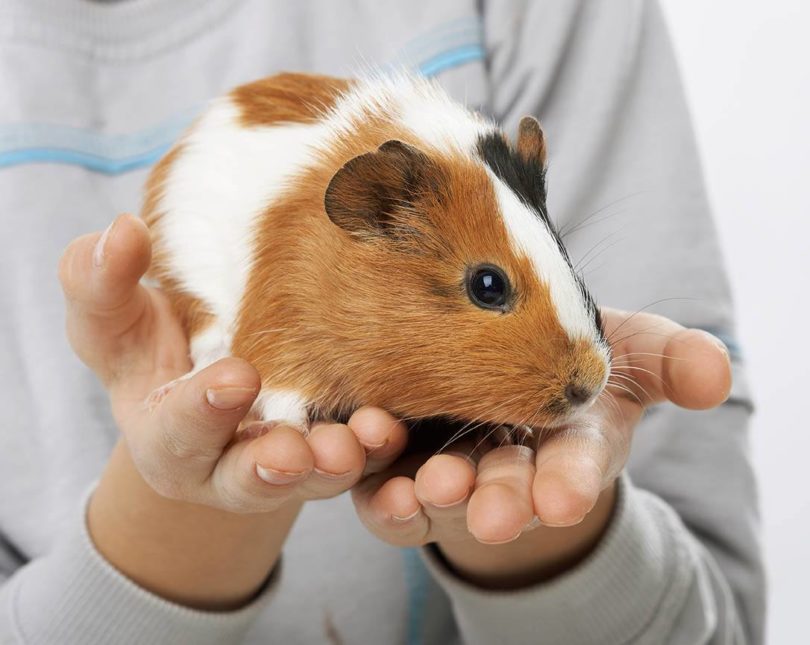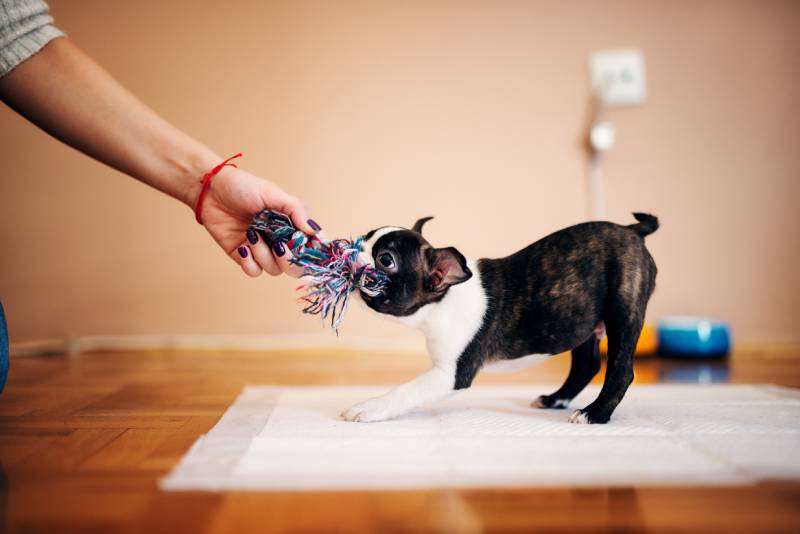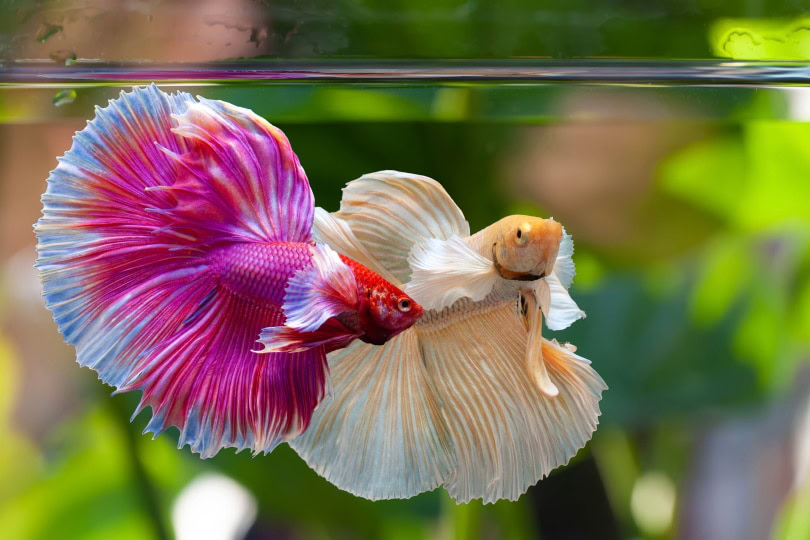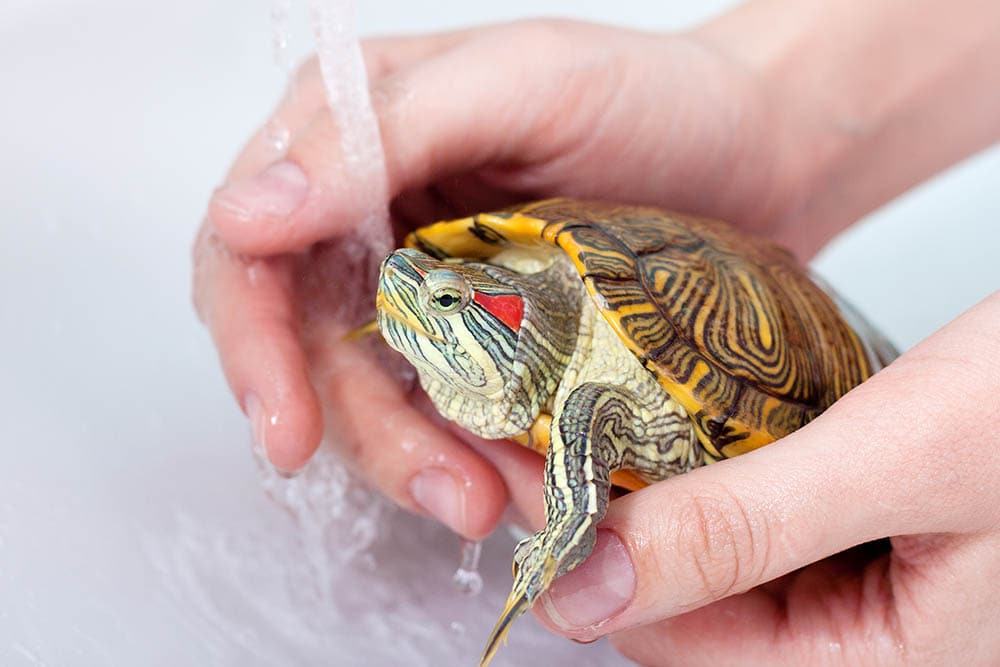VET APPROVED

The information is current and up-to-date in accordance with the latest veterinarian research.
Learn more »Click to Skip Ahead
Guinea pigs as a species are remarkably adaptable to a wide range of temperatures. However, an individual guinea pig accustomed to a certain temperature (or even humidity) often gets easily stressed if there’s sudden fluctuations in them.
The generally accepted temperature range for healthy adult guinea pigs is any consistent value between 65°F and 75°F (18°C to 24°C).
Younger animals cannot regulate their temperature as well as adults. Therefore, these animals should be watched particularly closely to ensure that the proper temperature is maintained. Likewise, a guinea pig that’s unwell or underweight may also struggle to thermoregulate properly.
There are several ways to keep your guinea pigs from getting too hot or too cold. Let’s take a look at some of the most important considerations below.

Keeping Guinea Pigs at the Right Temperature
While the idea of keeping the temperature between 65°F and 75°F (18°C to 24°C) is pretty straightforward, in practice, it can be a bit more complicated than you may first expect. There are several steps you should take to ensure that your pet doesn’t end up outside of this range.
Guinea pigs are particularly susceptible to the heat. If it gets too hot too quickly, your guinea pig can overheat rather quickly and experience all sorts of issues. Guinea pigs have been known to die after being kept in too-hot temperatures for only a few minutes. Therefore, preventing your guinea pig from getting too hot is vital.
You should keep your guinea pig away from anything that produces heat. This includes heat vents, direct sunlight, radiators, and heat lamps. The sun can quickly heat up your guinea pig’s cage if it is in direct sunlight. Therefore, you should keep your pet away from windows where they may overheat without you knowing.
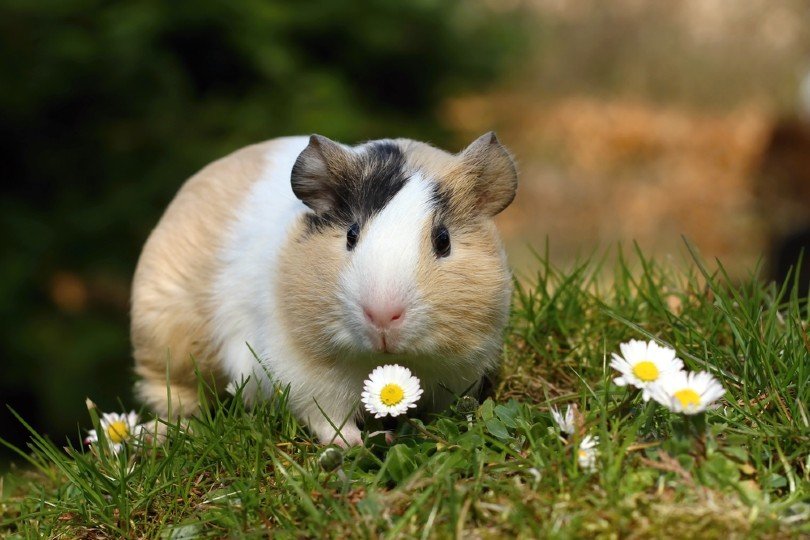
Signs of heat stroke include a stretched-out position, panting, drooling, and listlessness. If you notice these signs, it is vital to take your pet to the vet right away.
Guinea pigs can handle temperature drops (to a colder temperature) somewhat better than they can handle the heat. However, being too cold can still cause problems, especially if they are kept in the area for a long period. Guinea pigs may be susceptible to drafts and currents that we aren’t aware of due to their small size. Therefore, you should keep them away from doorways and windows, which are often drafty. These drafts can make them too cold.
You should also ensure that your pet is provided with dry bedding. In the case that it does get too cold, this bedding can help them stay warm.
- Monitor the temperature. You can’t know what temperature your pet is being kept at if you don’t have a thermometer near their cage. Therefore, we highly recommend keeping a thermometer close to your guinea pigs’ enclosure and checking it regularly.
- Keep records. If you notice that the temperature fluctuates, we recommend keeping records. Drafts can travel far and in strange ways throughout our homes. You may notice that a window open downstairs makes your guinea pigs’ cage too cold upstairs. Keep track of temperature fluctuations if they have an unknown cause to help you notice patterns.
- Consider multiple thermometers. If your guinea pigs live in a wider area, you should consider having more than one thermometer. Different areas may have different temperatures. Therefore, a complete view of what areas are colder and warmer can help ensure that your guinea pig is safe.
- Provide ventilation. Without proper ventilation, a guinea pigs’ enclosure can quickly become too hot or too cold. Therefore, ventilation is vital to providing a safe temperature. Direct sunlight can quickly heat up an enclosed area, for instance.
- Address harmful temperatures right away. If you notice that the temperature is too hot or too cold, it needs to be addressed right away. Guinea pigs can quickly become stressed from improper temperatures. Therefore, you should remove your guinea pigs from the area or directly fix the temperature in the enclosure.
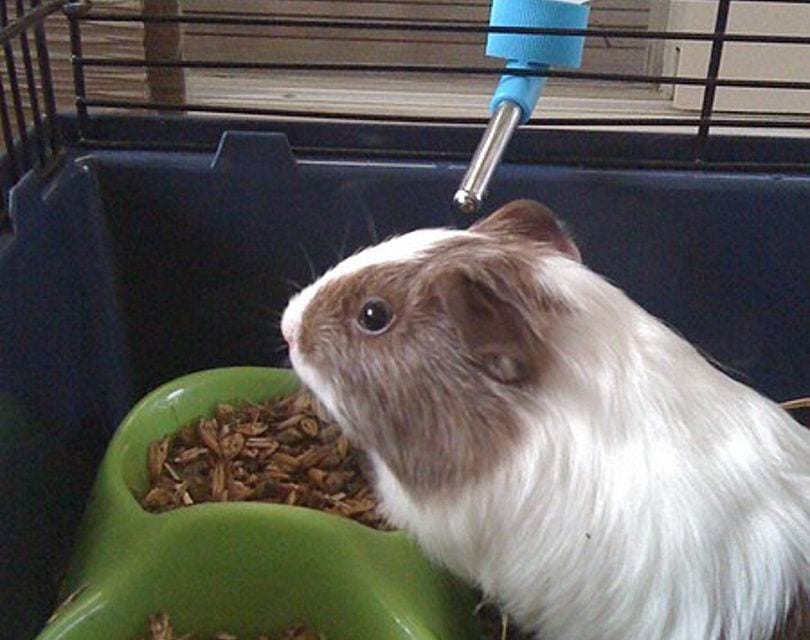
Do Guinea Pigs Get Cold at Night?
It is normal for temperatures to drop at night. However, you should be cautious that it never drops below 65°F (18°C). For this reason, we recommend a temperature-controlled environment for your pets (such as a heating/cooling system that maintains a constant temperature for them).

How Can You Tell If a Guinea Pig is Cold?
If your guinea pig is too cold, you’ll notice that their ears, nose, and feet may be too cold to the touch. If these areas are too cold, their overall body temperature is likely too cold. Therefore, we recommend getting them somewhere warmer right away.
That said, your best bet is to test the temperature with a thermometer. Sometimes, guinea pigs may act fine until they are not. Therefore, you may not notice signs of being cold right away. By the time you do notice signs, your pet could be in serious trouble. Therefore, keeping track of the temperature with a thermometer is recommended.
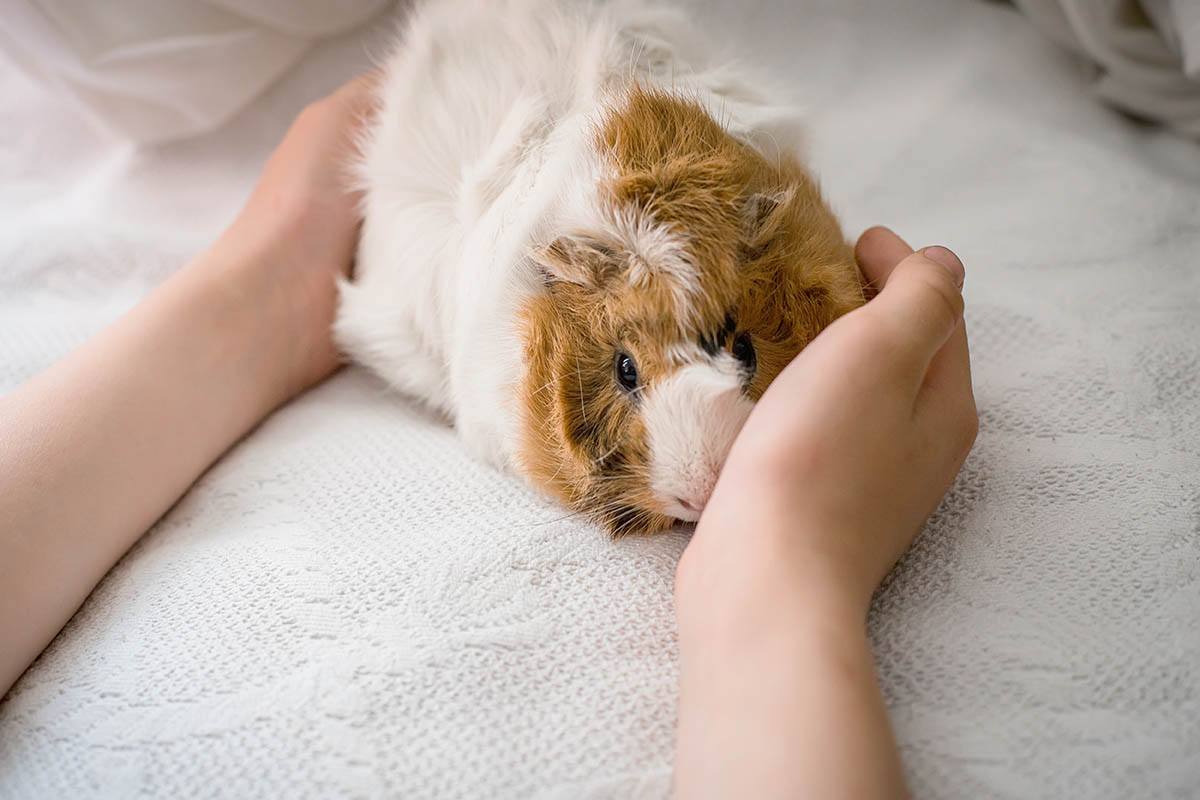

Conclusion
Guinea pigs should be kept between 65 and 75°F (18 to 24°C). However, it is best to keep them at a constant temperature value anywhere within this range. Though they can tolerate some temperature fluctuations, they’re generally not great at handling a sudden fluctuation toward either a cooler or warmer temperature.
That being said, you ideally wouldn’t want the temperature of the room in which your guinea pigs are housed to fluctuate much, if at all. Finally, if you do think your pets are experiencing some form of temperature-related stress, it’s best to reach out to your veterinarian promptly.
See also:
Featured Image Credit: Dmytro Vietrov, Shutterstock
